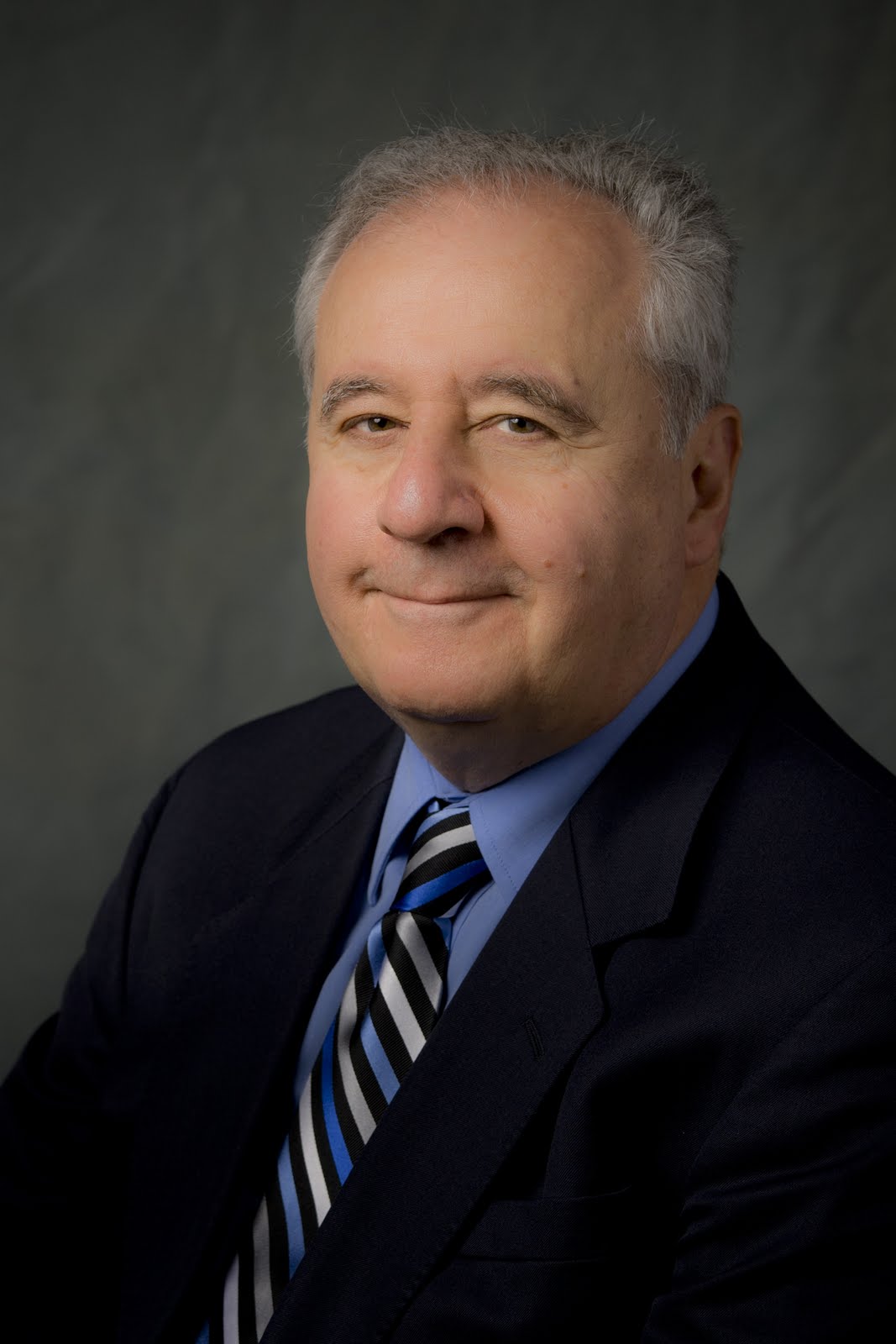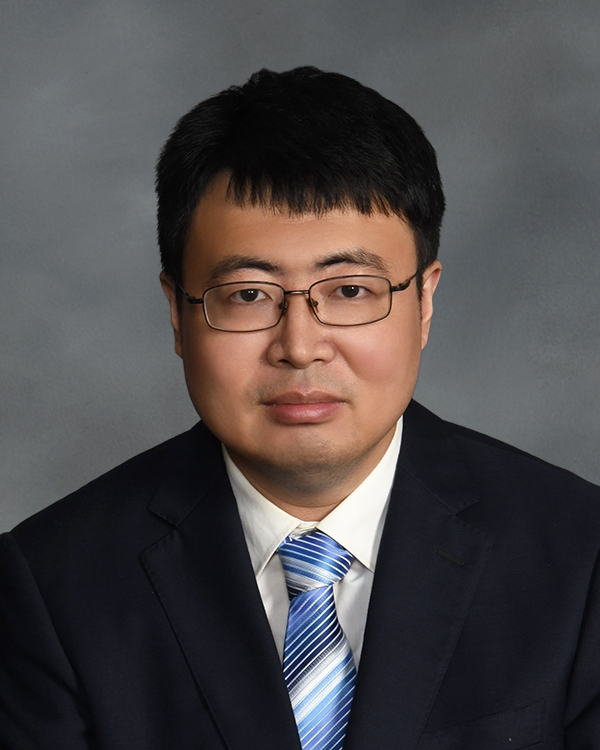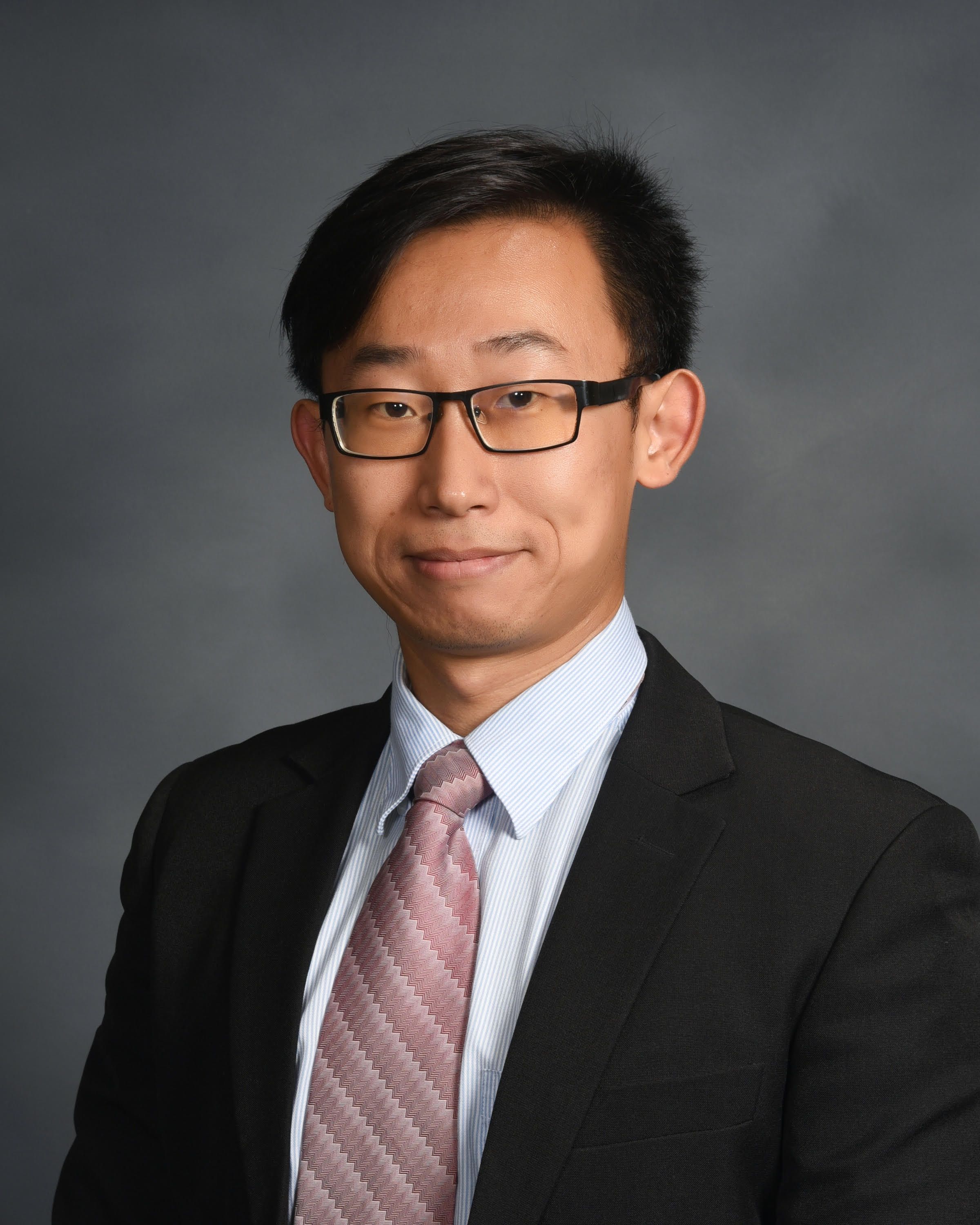Two research projects on the use of corrosion-resistant steel in bridge repair and maintenance led by Dan M. Frangopol, Lehigh’s inaugural Fazlur R. Khan Endowed Chair of Structural Engineering and Architecture, were recently featured in the January 2023 UTC Spotlight newsletter published by the U.S. Department of Transportation.
The team also includes recent Lehigh graduate Xu Han ’23 PhD and David Y. Yang, a former postdoctoral research associate in Lehigh’s Advanced Technology for Large Structural Systems (ATLSS) Engineering Research Center who joined the Department of Civil and Environmental Engineering at Portland State University two years ago as an assistant professor. Lehigh is a consortium member of the Region 3 Center for Integrated Asset Management for Multi-Modal Transportation Infrastructure Systems (CIAMTIS) at Pennsylvania State University.
In the most recent project, which looked at a transportation network in Chester County, PA, the researchers examined how the use of a of locally sourced corrosion-resistant steel could reduce maintenance costs and extend the lifespan of carbon steel bridges. Although carbon steel bridges have a good material strength and are cost-effective to build, they are expensive to maintain, the researchers say, because the material is highly susceptible to corrosion.
That project builds upon the team’s previous work that looked at the advantages of using the corrosion-resistant material versus carbon steel in girder replacement in the context of individual steel bridges.
The projects referenced are:
- Investigation of the Benefit of Using a Novel Corrosion Resistant Steel in New and Existing Steel Bridges in Pennsylvania (Final Report)
- Efficient Service Life Extension of Bridges through Risk-based Life-cycle Management and High-performance Construction Materials: Emphasis on Corrosion-resistant Steel (Final Report)
Frangopol is a world-renowned expert in the fields of bridge safety and maintenance management, structural systems reliability, and life-cycle civil engineering.
Read more about his research and achievements here.



